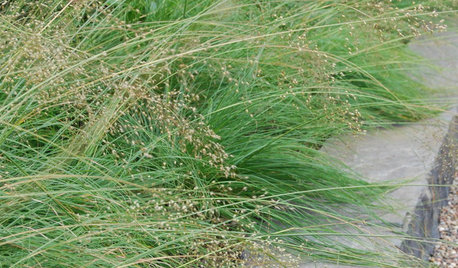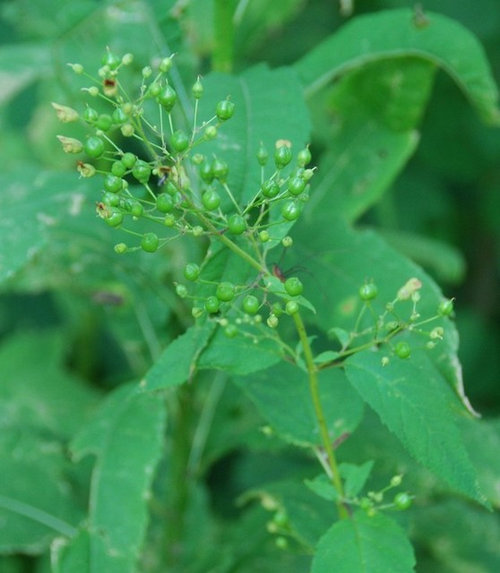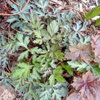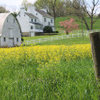Wild Plant to ID S.E. Michigan, USA
MarcPerr
9 years ago
Related Stories

DECORATING GUIDESHemp, Hemp, Hooray! This Superplant May Be Legal Again in the USA
Hemp products are durable, sustainable, antibacterial and much more. Will the plant finally get the status it’s due in the States?
Full Story
ECLECTIC HOMESHouzz Tour: Wild Ideas in the Windy City
When bold art meets great architecture and interior design, something wonderful happens
Full Story
DECORATING GUIDESBotanicals Gone Wild: Wallpapers that Wow
Sweet Floral Prints Are Bigger and Spreading Faster Than Kudzu
Full Story
GARDENING FOR BIRDSWild Birds Transform a Woman’s Garden and Life
How Sharon Sorenson created a wildlife haven and became the Bird Lady of Southern Indiana
Full Story
GROUND COVERSGive Your Lawn a Taste of the Wild
Consider the joys of an irregularly trimmed meadow lawn: It’s ecofriendly, visually interesting and still good for romping
Full Story
NATIVE PLANTSPlant These Fall-Flowering Natives in Early Summer for Pollinator Love
These 3 groups of plants will support masses of beneficial insects come autumn
Full Story
GARDENING GUIDESGreat Design Plant: Sporobolus Heterolepis
Prairie dropseed is one of the most elegant native grasses that’s slowly vanishing from the wild
Full Story
GARDENING GUIDES6 Plants That Beat Butterfly Bush for the Wildlife Draw
It's invasive, a nonnative and a poor insect magnet. Check out these better alternatives to butterfly bush in the garden
Full Story
GARDENING GUIDESInvite Mining Bees to Your Garden by Planting Their Favorite Plants
Look for mining bees (Andrena) pollinating woodland wildflowers in U.S. gardens this spring
Full Story
GARDENING GUIDESDo You Have This Invasive Plant in Your Yard?
Garlic mustard is spreading across the U.S. Here’s how to spot it and what to do
Full Story










NHBabs z4b-5a NH
dbarron
Related Professionals
Folsom Landscape Architects & Landscape Designers · Lake Oswego Landscape Architects & Landscape Designers · Palm Springs Landscape Architects & Landscape Designers · Alamo Landscape Contractors · Cockeysville Landscape Contractors · College Park Landscape Contractors · Damascus Landscape Contractors · Gainesville Landscape Contractors · Golden Landscape Contractors · Sugar Hill Landscape Contractors · West Orange Landscape Contractors · Westford Landscape Contractors · Four Corners Landscape Contractors · Vadnais Heights Landscape Contractors · Immokalee Stone, Pavers & ConcreteMarcPerrOriginal Author
jekeesl (south-central Arkansas)
MarcPerrOriginal Author
jekeesl (south-central Arkansas)
MarcPerrOriginal Author
dbarron
larry_gene
jekeesl (south-central Arkansas)
ken_adrian Adrian MI cold Z5
pattidtm
lycopus
MarcPerrOriginal Author
jekeesl (south-central Arkansas)
MarcPerrOriginal Author
lycopus
MarcPerrOriginal Author